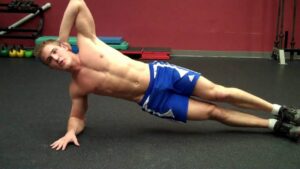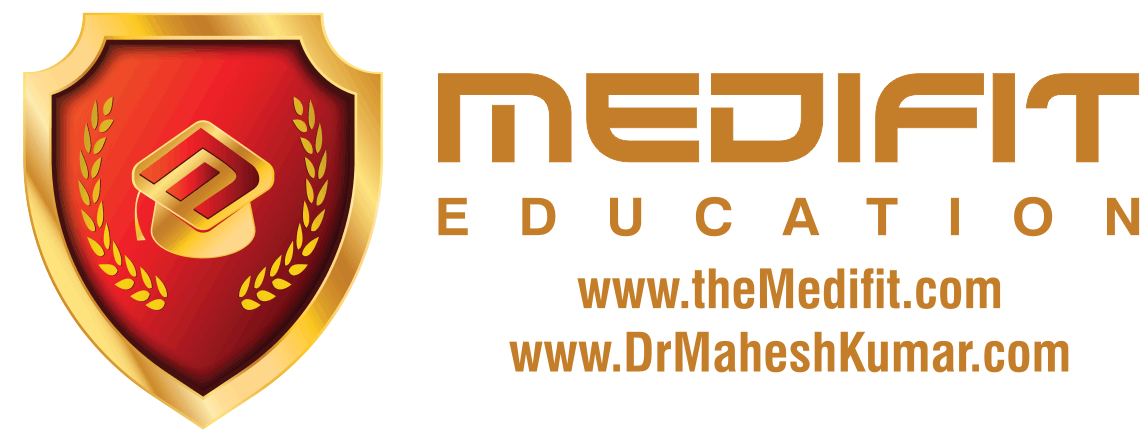This video is available for instant download licensing here https://www.alilamedicalmedia.com/-/galleries/narrated-videos-by-topics/ekgecg/-/medias/4f63a6a7-94c6-463e-8c85-7117e48f5d23-atrial-fibrillation-narrated-animation ©Alila Medical Media. All rights reserved. Support us on Patreon and get FREE downloads and other great rewards: patreon.com/AlilaMedicalMedia All images/videos by Alila Medical Media are for information purposes ONLY and are NOT intended to replace professional medical advice, diagnosis or treatment. Always seek the advice of a qualified healthcare provider with any questions you may have regarding a medical condition. Atrial fibrillation is the most common type of cardiac arrhythmia. In a healthy heart, the sinoatrial node or SA node initiates all electrical impulses in the atria. In atrial fibrillation, electrical impulses are initiated randomly from many other sites called ectopic sites in and around the atria, commonly near the roots of pulmonary veins. These un-synchronized, chaotic electrical signals cause the atria to quiver or fibrillate rather than contract. Although the atrial rate during atrial fibrillation can be extremely high, most of the electrical impulses do not pass through the atrioventricular – the AV – node to the ventricles. This is due to refractory properties of the cells of the AV node. Those do come through are irregular. Ventricular rate or heart rate is therefore irregular and can range from slow – less than 60 – to rapid -more than 100 – beats per minute. On an ECG (EKG), atrial fibrillation is characterized by absence of P-waves and irregular narrow QRS complexes. Reminder: P-wave represents electrical activity of the SA node that is now obscured by activities of multiple ectopic sites. The baseline may appear undulating or totally flat depending on the number of ectopic sites in the atria. In general, larger number of ectopic sites results in flatter baseline. As the atria do not function properly, the heart puts out less blood, and heart failure may occur. The most common complication of atrial fibrillation, however, is the formation of blood clots in the atria. As the atria do not empty completely into the ventricles, the blood may stagnate inside the atria and blood clots may form. These clots may then pass into the bloodstream, get stuck in small arteries and block them. When a blood clot blocks an artery in the brain, a stroke may result.
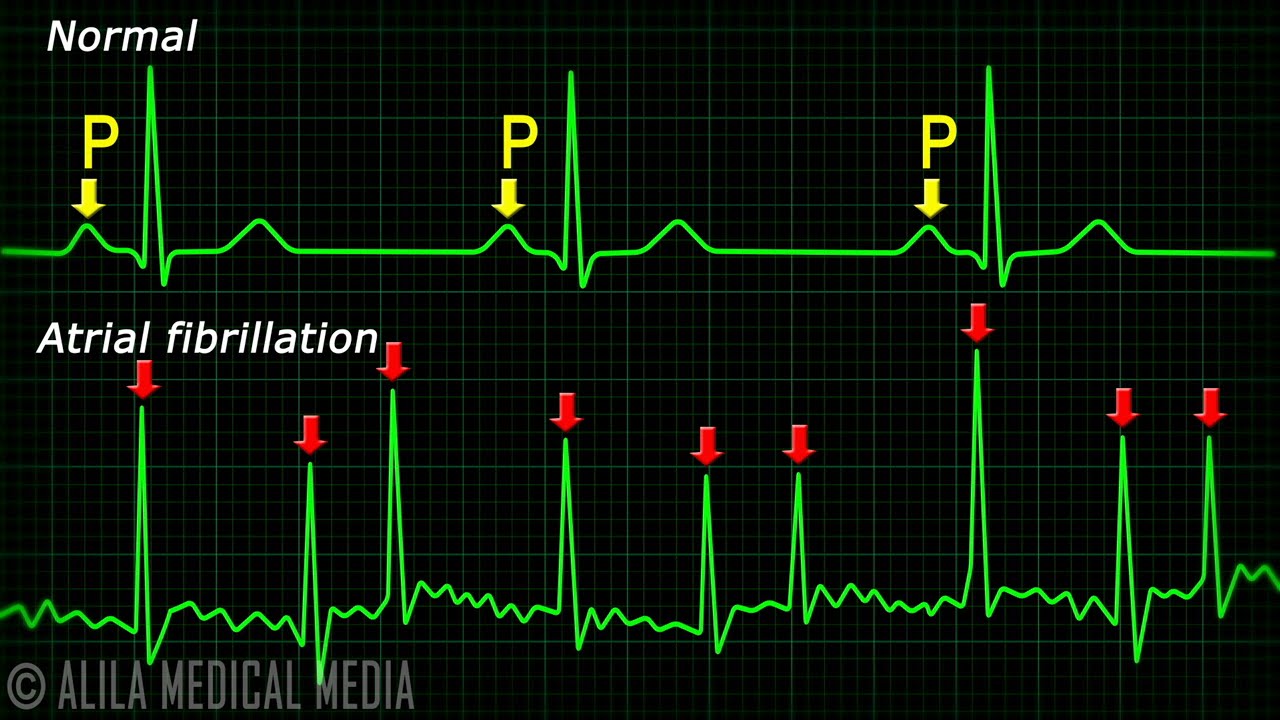
Atrial Fibrillation Anatomy, ECG and Stroke, Animation.
- Post author:
- Post published:June 5, 2021
- Post category:Uncategorized
- Post comments:0 Comments
You Might Also Like

Excretory Reproductive System And Asanas Video – 5
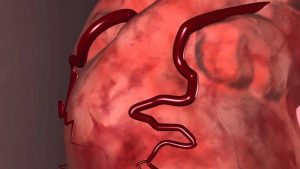
Do You Know The Warning Signs of Heart Disease?

Chances of pregnancy with Gonadotropin and HCG injection – Dr. Sangeeta Gomes

Definition of repetition

HGH, Growth Hormones & Plant Hormones Video – 42
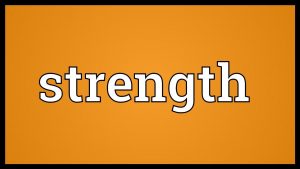
Strength Meaning
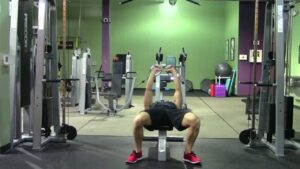
Flat Bench Press Dumbbell-5

Body Mass Index vs. Body Composition (Female)

How many sets and reps to build muscle | for size, mass, strength
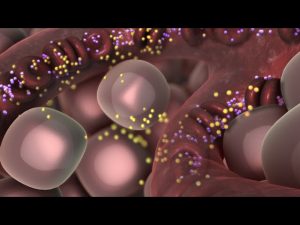
Type 1 Diabetes | Nucleus Health
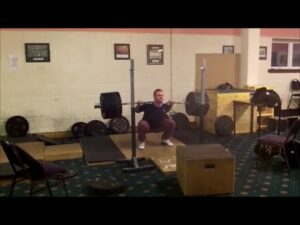
Squats and wild Clarence0
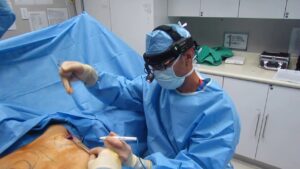
Sex Change Surgeries Video – 3
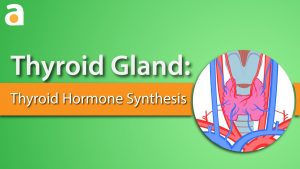
Thyroid Gland: Thyroid Hormone Synthesis
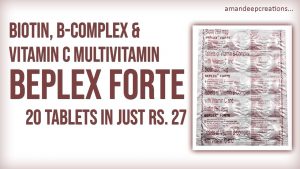
Biotin, B Complex & Vitamin C rich Multivitamin – BEPLEX FORTE – Benefits, Side-Effects & Dosage
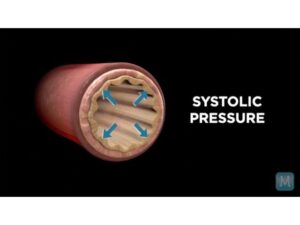
Systole vs. Diastole | Match Health

How to Treat Food Poisoning
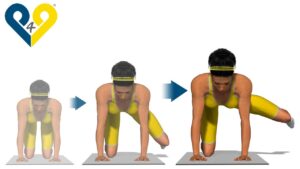
Best buttocks exercises: Side Kick with Bent Knee
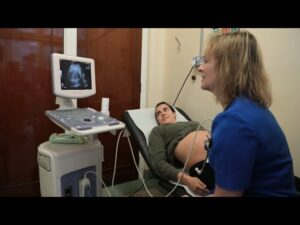
Physiotherapy in Obstetrics Video -15
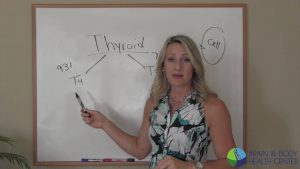
The BIG difference between T3 and T4
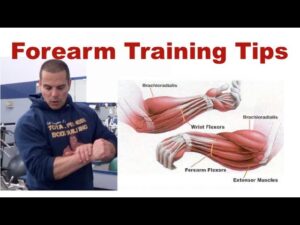
Forearm Training Tips

Making A Yoga Routine Video – 6
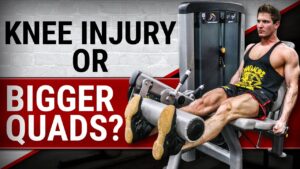
Leg Extension-2

Ergogenic Aids
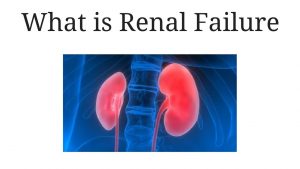
what is renal failure / Symptoms of kidney failure / chronic & acute kidney failure
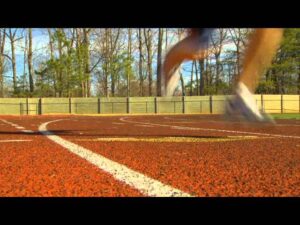
Pediatric Physiotherapy Video – 12

Sugar Free, Low Sugar Video – 23
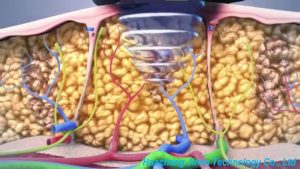
Ultrashape 3D positioning system body fat reduction machine principle of weight loss therapy

What should I eat after a workout – POST EXERCISE NUTRITION – BeerBiceps Diet

Shockwave Therapy for Erectile Dysfunction Demonstrated and Reviewed

Dynamic Exercise to Strengthen Hips and Spine

12 Foods For Anemia – Best Foods For Anemia

Dr. Oz: Fat and Body Types
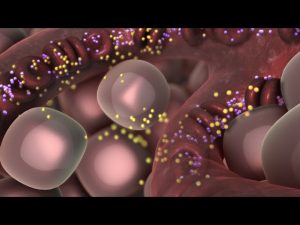
Type 1 Diabetes | Nucleus Health

BMI Testing
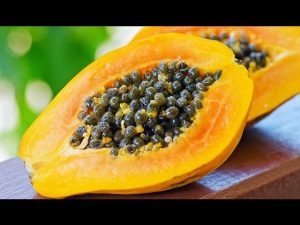
HIGH BLOOD PRESSURE HOME REMEDIES – THE ALL NATURAL WAY!!!

How To: Outside Grip Cable EZ-Curls (LF Cable)
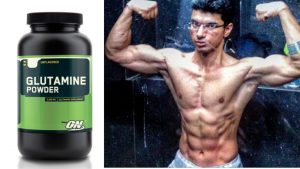
Things you must know before taking Glutamine Supplements | HINDI

Otorhinolaryngology Video – 4

Biceps work out
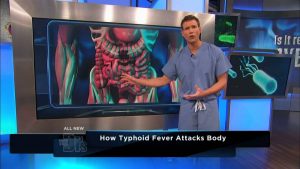
How Typhoid Fever Affects the Body — The Doctors
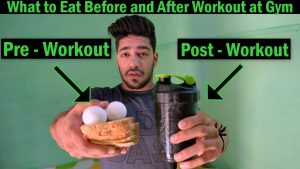
What to Eat Before and After Workout at Gym | bodybuilding tips
